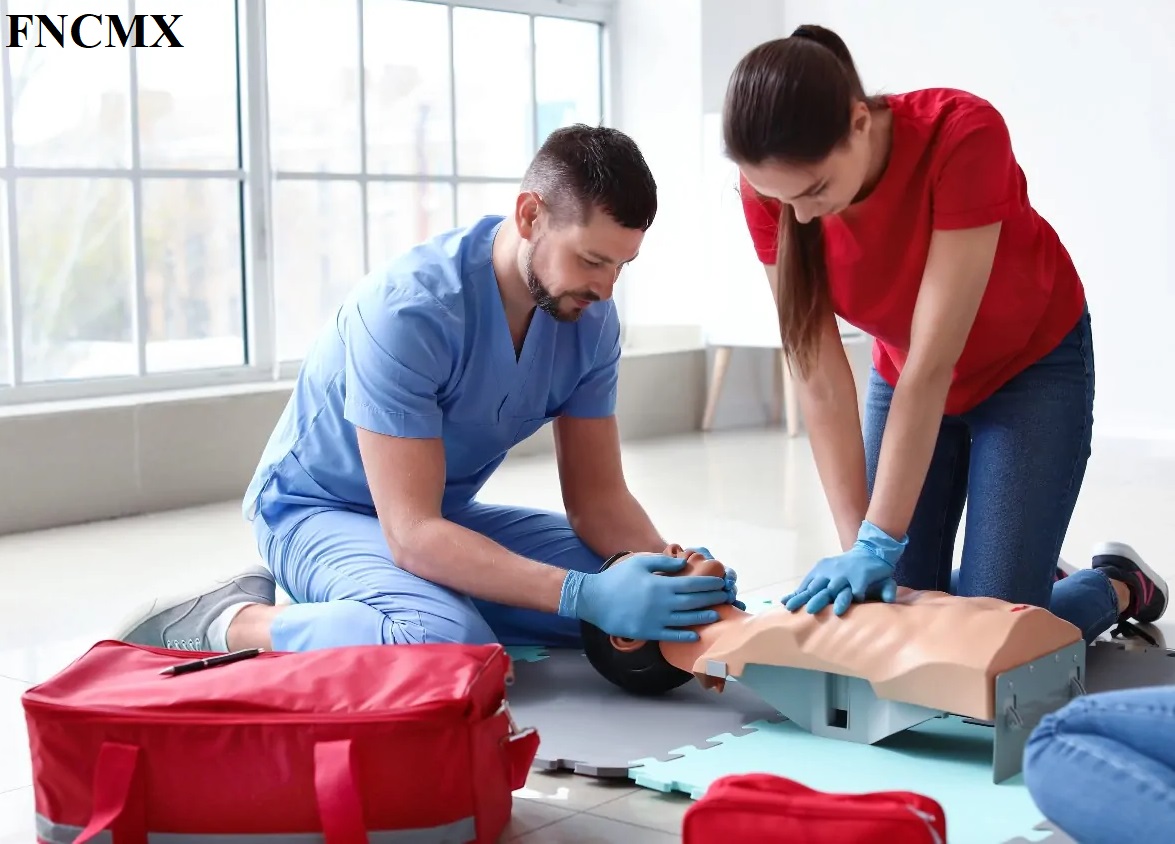CPR and first aid skills have time and again proven their weight in gold, often being the determining factor between life and death during dire situations. In those intense moments, even an uninvolved onlooker can rise to the occasion, making a world of difference, simply by being trained in these critical skills. But it’s vital to understand that the effectiveness of these interventions is not constant; it undergoes changes with medical advancements and findings. This dynamic nature of medical practices underscores the importance of frequently updating and renewing certifications, guaranteeing that you’re always ready with the latest knowledge and techniques.
Understanding the Validity Period of Certifications
CPR and first aid credentials serve as a testament to an individual’s preparedness to act during emergencies, but these certifications don’t last forever. Typically, a standard CPR certification is valid for about two years. However, this duration isn’t uniform across the board. Different certifying authorities have their respective guidelines.
Therefore, it’s absolutely vital to maintain regular communication with your certifying agency, ensuring you’re always aware of the exact expiration date and renewal requirements and are never caught off guard when your credentials need updating.
Importance of Staying Up-to-Date
The medical field is dynamic and ever-evolving, closely mirroring the unpredictable and rapid nature of a river’s current. As technology advances and research progresses, what was considered the gold standard in life-saving techniques a few years ago might today be deemed outdated, replaced by advanced methodologies. Consequently, keeping your CPR and first aid training updated isn’t just about adhering to regulations; it’s about ensuring you are equipped with the very best, most recent, and scientifically-supported methods available.
This continuous learning not only elevates your skills but also maximizes the chances of successfully aiding someone during life-threatening situations. Every renewal, in essence, could mean a life saved using the most efficient techniques available such can be found at https://cprcertificationnow.com.
Changes in CPR and First Aid Protocols
Much like any other medical procedure, first aid and CPR guidelines are refined over the years. This evolution comes on the back of rigorous research and lessons learned from real-life incidents. A case in point is the periodic change in recommendations regarding the rhythm and depth of chest compressions, stemming from deeper insights into human anatomy and physiology. Renewing your training becomes the bridge that connects you to these invaluable updates, making every attempt at resuscitation more effective.
Regulations and Workplace Requirements
In various professions, especially those rooted in healthcare, education, and safety-critical sectors like construction and transportation, possessing valid CPR and first aid certifications is non-negotiable. It’s not just about fulfilling a legal obligation; it’s a commitment to fostering a proactive safety culture. This proactive approach ensures rapid response during emergencies, minimizing potential harm. Keeping abreast of these certifications not only demonstrates your dedication to safety but also enhances your marketability, potentially paving the way for career advancement in these specialized fields.
Maintaining Confidence and Competence
Emergencies invariably come with a heightened sense of urgency and anxiety. Amidst such chaos, having confidence in one’s abilities can drastically change outcomes. By regularly updating and practicing your CPR and first aid skills, you nurture this self-assurance. This confidence, firmly grounded in up-to-date knowledge and hands-on experience, becomes a beacon of hope and efficiency, significantly boosting the chances of success in life-threatening situations.
Scenario-Based Training
There’s an immense value in exposing trainees to scenarios that mirror real-life crises. This kind of training is crafted to offer a taste of actual emergencies, allowing participants to test and refine their skills in a structured yet intense setting. The immersive nature of these scenarios serves a dual purpose: solidifying the theoretical foundations while honing decision-making prowess. Thus, when faced with genuine emergencies, participants are less likely to hesitate, having already ‘experienced’ similar situations.
Practical Hands-On Skills Practice
Grasping the theoretical underpinnings of procedures is undoubtedly important. However, the application of this knowledge, the physical act itself, demands its own set of competencies. Procedures such as chest compressions necessitate precision in terms of depth, position, and strength. Mastery in these techniques comes from repeated practice. By consistently participating in hands-on training sessions, individuals ensure that the physical aspects of life-saving procedures become second nature, ever-ready for real-world deployment.
Case Studies and Success Stories
Real-world accounts of CPR and first aid success are not just inspiring; they’re transformative. Listening to stories where knowledge turned the tide, where a life was snatched back from the brink, powerfully underscores the significance of these skills. Such narratives showcase the real, human side of the procedures, highlighting the lives touched and saved. They act as a clarion call, inspiring many to renew and refresh their knowledge, keeping it relevant and potent.
Online and In-Person Training Options
The digital revolution has dramatically expanded the horizons of first aid training. Reputed organizations across the globe now offer digital CPR courses, making it possible for individuals, even those with the most hectic of schedules, to learn at their pace. These online modules, packed with rich information, are fantastic for theoretical mastery. Yet, the tactile, hands-on experience, which is essential for muscle memory, is best acquired through in-person sessions. Hence, a blended training approach, melding digital theory with physical practice, often proves to be the most holistic.
When to Consider an Advanced Course
For those who find themselves frequently at the crossroads of high-risk situations, or for those whose curiosity and dedication to the craft know no bounds, advanced CPR courses are a godsend. These specialized courses are meticulously crafted, diving deep into intricate techniques and offering insights beyond standard curricula. Such in-depth training is especially valuable for professionals in critical health care or emergency response capacities, enabling them to harness advanced techniques and enhance their life-saving repertoire.
Conclusion: Commitment to Lifesaving Skills
Having CPR and first aid credentials is more than just possessing a certificate; it’s a testament to one’s commitment to preserving life. With medical practices being in a state of constant evolution, it’s essential to keep pace. Let this piece serve as a nudge, urging you to scrutinize the validity of your credentials and renew them, if needed. After all, such proactive steps have the potential to make life-altering differences.
Related Posts:
- Discord’s Blue Willow A Refreshing Aesthetic…..
- 4th Stimulus Check 2023 : Beginner Complete Guide…
- IRS Tax Fourth Stimulus Checks In November 2023…
- One Bet Changed A Life: The Story Of A Person…
- Unlocking The Secrets To Soccer Predictions….
- European Stocks Get Lift As Lagarde Signals Pause…
- TOP CRYPTOCURNECIES…….


